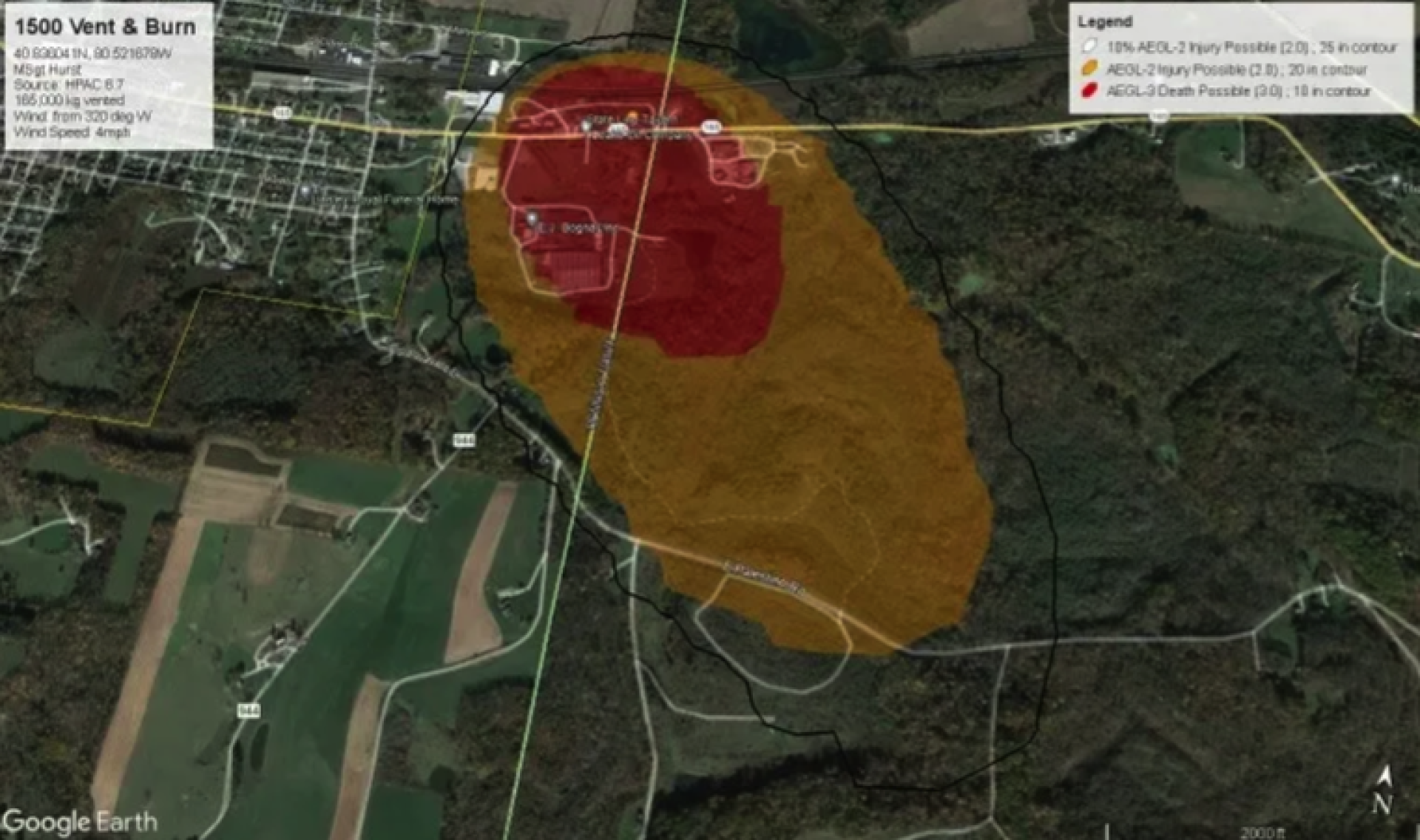
Our initiatives
Act now
Many leading health systems are partners of Practice Greenhealth 🡥, our membership organization. Practice Greenhealth provides tools, resources – such as our industry-leading sustainable procurement guide 🡥 – and a community of practice to implement sustainable practices in health care. Practice Greenhealth helps member hospitals facilitate the purchasing of products that meet our standardized environmental criteria and achieve safer materials benchmarks. The Greenhealth Approved 🡥 seal makes it easier for hospitals to identify and select products that meet their goals.

Our stories: Prescription for a healthy home
When a child begins to exhibit chronic asthma symptoms, Children’s Mercy hospital works with a community partner, to get to the heart of the problem: addressing the hazardous environmental issues making him sick. This partnership between families, Children’s Mercy’s Environmental Health “Healthy Homes” program, and local organizations like Westside Housing shows how we can co-create healthier living environments and communities through upstream health care – a proactive, preventative approach to tackling the root causes of illness.
Why safer chemicals?
Hospitals are environments for healing but many of the products and materials that come into a hospital may be harmful to patients, staff, and those in the community. Some products used in health care may contain or release (during production, use, or disposal) carcinogens, reproductive toxins, or other hazardous materials. Many of the chemicals used in products have not been adequately tested for toxicity. Additionally, there are a growing number of disposable products in health care and large amounts of packaging creating significant waste, and a variety of products that are energy or water-intensive or require special handling or hazardous waste disposal at the end of life.
More than 70% of health care’s greenhouse gas emissions are derived from the supply chain: the production, transport, and disposal of goods and services. Understanding and quantifying the impact of purchases is essential to developing a resilient, sustainable health care model that prioritizes community and environmental health and safety while reducing costs.
Priority chemicals of concern reference
From Antimicrobials to Phthalates, and everything in between, learn which toxic chemicals are priorities to avoid, why they are dangerous, and alternative products and solutions.
Protecting workers, patients, community, and planet
By choosing safer products and adopting safer practices, you can:
- Reduce exposure for patients and employees to hazardous substances.
- Reduce your facility's greenhouse gas (GHG) emissions including Scope 3 GHG emissions 🡥 and overall environmental impact.
- Improve safety and fair working conditions for people throughout the supply chain.
- Overcome supply chain challenges, ensuring adequate inventory even during emergencies and supply chain disruptions.
- Provide local business opportunities and jobs, contributing to local economic growth.
- Support the growth of businesses owned by women and people of color.
- Identify the true, often hidden, long-term costs of equipment and services by factoring in the total cost of ownership.
Creating a healthier materials economy
What we buy matters. The COVID-19 crisis exposed the fragility and vulnerability of our global supply chains. It also has given us an opportunity to move toward localized supply chains that not only reduce environmental harm but also provide local business opportunities and jobs.
When hospitals exercise their social and economic influence by purchasing safer products, relying on health as a driver in decision-making, and advocating for health-protective policies, they can impact the long-term public and environmental health of their communities and the broader society.

Our stories: Train derailment’s toxic trail challenges unprepared communities & health care
Dizziness, drowsiness, fatigue, headaches — a common list of symptoms that could have many causes. Among them is low-level exposure to vinyl chloride, a chemical used to make products we use every day. Not likely a worry on the minds of medical professionals or community members of East Palestine, Ohio, before Feb. 3. Now, exposure to this and other toxic compounds is a concern as residents return from an evacuation prompted by a train derailment carrying hazardous, flammable, colorless chemicals.